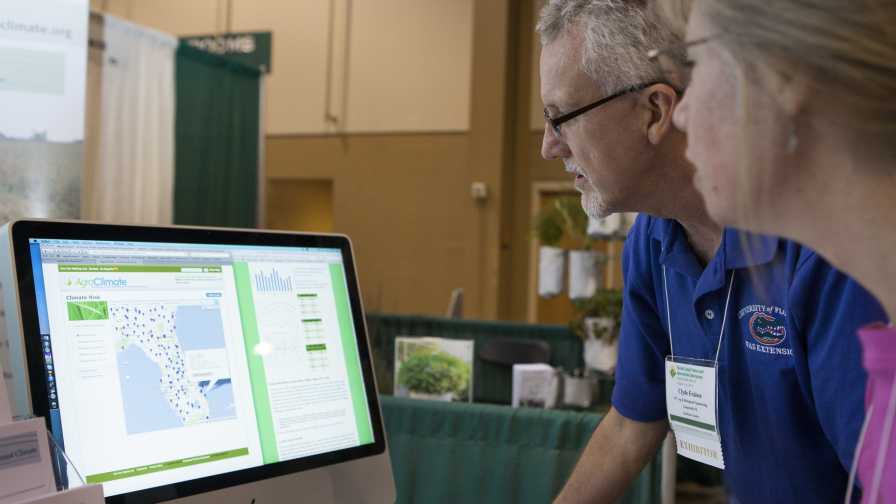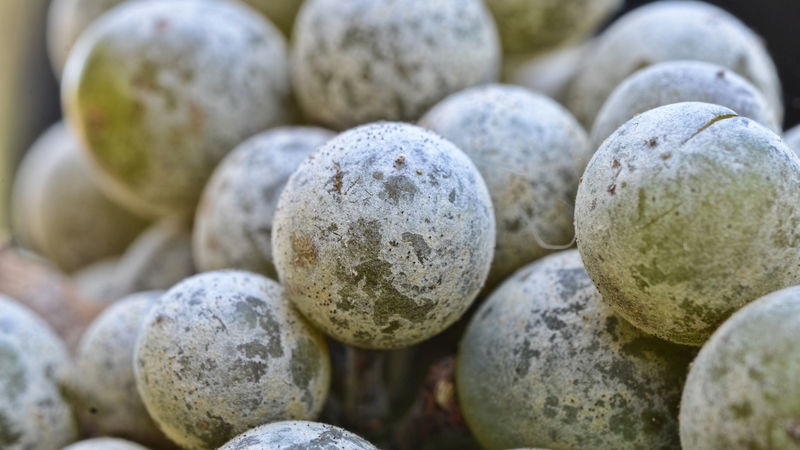New Technology Could Take Weather Intel to the Extreme for Farmers

With real-time digital tools, farmers can now learn about the probability of extreme weather events on their farm before the growing season so they can more appropriately plan agricultural practices such as when to fertilize and irrigate.
Photo by Tyler Jones, UF/IFAS
For farmers, possessing the ability to anticipate and properly prepare for weather extremes is key as it can make or break a growing season. Thanks to new research and modern horticultural technology, that climate-based challenge could become less of a gamble and more of a sure thing.
A team of UF/IFAS researchers is conducting a study in which they aim to give growers tools to anticipate extreme weather events during the various phases of crop development.
According to Caroline Staub, a Post-Doctoral Researcher in the UF/IFAS Agricultural and Biological Engineering Department and one of the project leaders, the motivation is to better integrate information with the decision set at the farmer’s disposal, so that weather-related risk can be reduced in time. “Growers kept asking us, ‘What is the probability of getting an extreme weather event on my farm when my crop is ready to harvest?’”
To help answer that question, Staub and the team, guided by Clyde Fraisse, a UF/IFAS Associate Professor of agricultural and biological engineering, developed a web-based tool and app that help growers plan ahead of the growing season, based on expected weather conditions in the upcoming season. It also lets growers monitor the weather and their crop development simultaneously so they can make more informed day-to-day decisions on irrigation and fertilizer application.
“We are simulating crop development (corn, cotton, soybean, wheat) and evaluating the probability of extreme events such as dry spells and high or low temperatures occurring during critical phases of crop development such as tasseling in the case of corn,” Fraisse explains. “Our models can simulate the timing those ‘phenological events’ happen based on the planting date, variety and location.”

Example of the climate decision tool interface.
The tool has been trialed in Alabama, Florida and Georgia so far, but will be tested on a wider basis, according to Staub. “We tested the tool with growers and Extension agents in 2016, and the results were very promising.”
It is anticipated the team will have a tool available for use later this year. Stay tuned.









